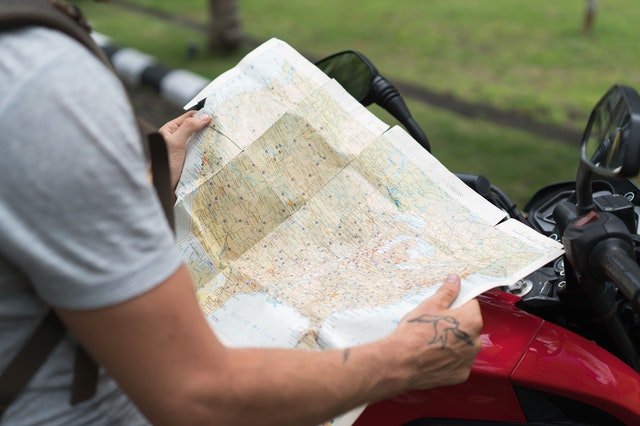Precision utility mapping is used to determine the exact locations of things that are located underground such as pipe systems, underground wires etc. This is very important in civil engineering and it helps to save money due to reducing delays caused by intercepting utilities that were not previously seen. Once a project planner has a current and accurate utility map, then they can use this to make a true projection of the project’s cost.
Now, this doesn’t mean that once you have a utility map that there wouldn’t be other challenges and obstacles. There are lots of other hidden things that are located underground and surveyors still need to deal with these types of challenges. Structural & Concrete Scanning – Precision Utility Mapping goes a long way to preventing future issues.
Utility Mapping & Technological Assistance
In the last couple of years, there have been many advancements in the spotting and mapping utility infrastructure. This is due to the Subsurface Utility Engineering sector. Now, you can utilize geophysical technology along with less technical methods, for example, historical data to obtain the maximum amount of insight on the infrastructure that is underground.
Typical Technologies That Are Utilized
EMI or Electromagnetic induction is a good alternative to GPR or Ground Penetrating Radar. EMI creates a main magnetic field through a transmitter and electrical currents. Once this is done, a receiver can be tuned to the correct frequency and any deflections can be easily identified. This is what is used to identify underground infrastructure. These methods are great for areas that have a lot of moisture and GPR wouldn’t work. Do note that if there are metal objects in the area that this can lead to interference which would make this method unsuccessful.
GPR or Ground Penetrating Radar is what is mainly used in these modern times for utility mapping. The GPR equipment actually sends out electromagnetic waves and the return signals are used to determine the exact areas where underground infrastructure is located. Do note that it can send out waves in GHz and MHz ranges.
GPR Benefits For Accurate Utility Maps
The great thing about GPR technology is that it is capable of finding metallic and non-metallic infrastructure and is quite accurate. As a result of this, lots of surveyors like the experts at https://www.drainage-surveys.
However, it is best that GPR is used with other methods simply because it is highly affected by moisture in the ground as well as a couple other factors. For example, it can be used with radio detection and this will produce more accurate survey results that can be depended upon.



